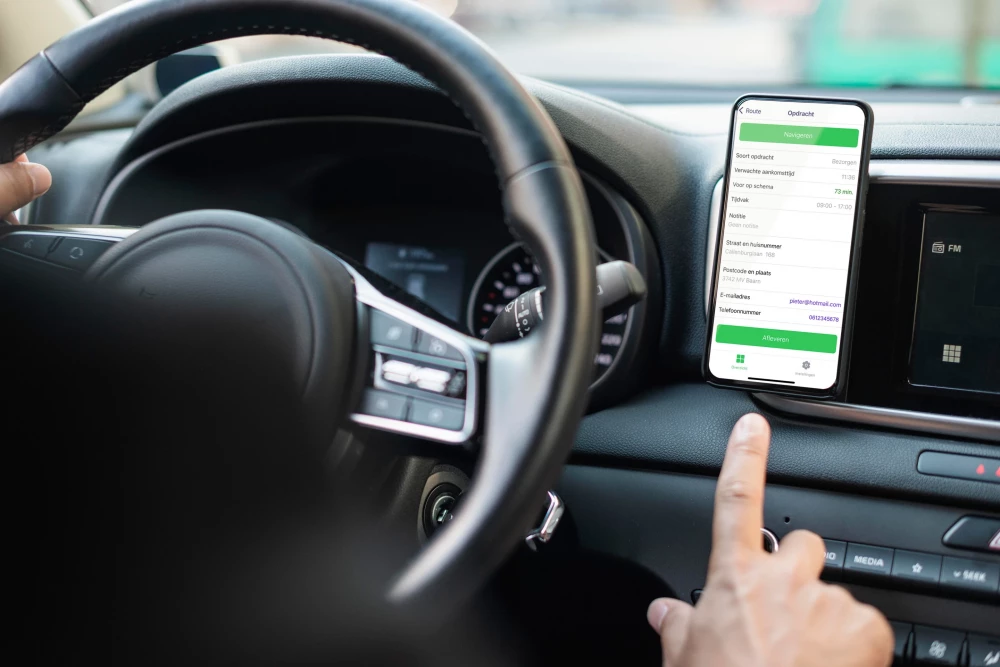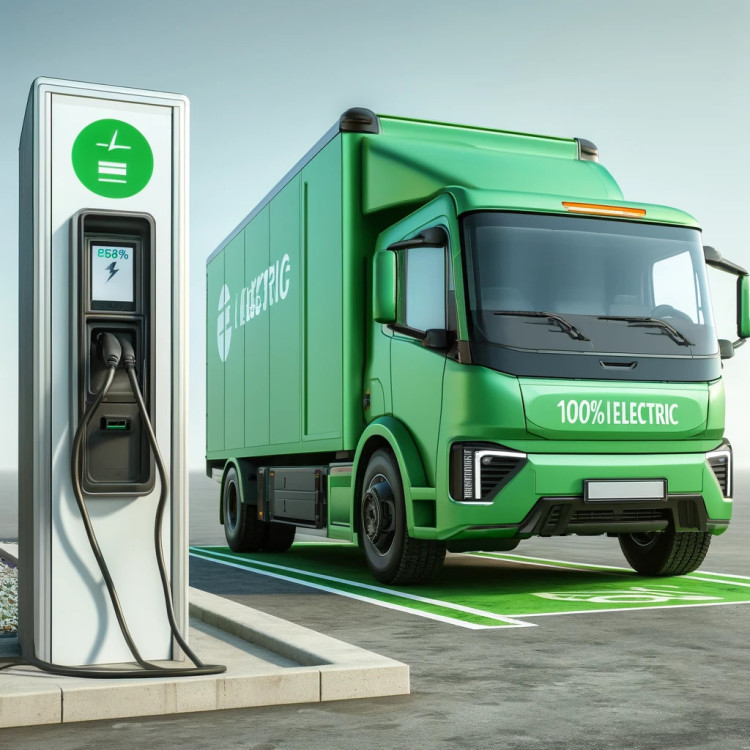Leasing a Business Van
Benefits of Leasing
Leasing offers the flexibility of low initial costs and predictable monthly expenses. It allows businesses to regularly update their fleet without the burden of depreciation. Additionally, lease agreements often include maintenance and repairs, reducing operational concerns.
Drawbacks of Leasing
A disadvantage of leasing is that it can be more expensive in the long run than purchasing. Lease contracts also impose restrictions, such as mileage limits and requirements for the vehicle's condition upon return, which can lead to additional costs.
When Leasing is the Best Option
Leasing is ideal for businesses that need flexibility, want to regularly renew their fleet, or prefer lower initial expenses and predictable costs.
Buying a Business Van
Benefits of Buying
Buying provides complete control and ownership of the vehicle. This means no usage restrictions and the ability to customize the vehicle according to specific needs. In the long term, especially for extended vehicle use, buying can be more economically advantageous.
Drawbacks of Buying
The initial costs are significantly higher when purchasing. Additionally, the owner bears full responsibility for maintenance, repairs, and depreciation, which can result in unexpected expenses.
When Buying is the Best Option
Buying is a good choice for businesses that expect to use the vehicle for an extended period and have the resources to cover the initial costs and maintenance responsibilities.

Renting a Business Van
Benefits of Renting
Renting offers maximum flexibility and is ideal for short-term needs. It requires no significant initial investment and includes maintenance costs. Renting is also convenient for specific projects or seasonal peaks in demand.
Drawbacks of Renting
Renting can be more expensive in the long run and provides fewer opportunities for customization and branding of the vehicle. Additionally, frequent changes of vehicles may lead to inconsistency in business operations.
When Renting is the Best Option
Renting is most suitable for businesses with short-term needs, seasonal projects, or those requiring additional vehicles without long-term financial commitments.
Cost Comparison
Cost Analysis of Leasing, Buying, and Renting
A thorough cost analysis should consider not only direct expenses but also indirect costs such as depreciation, maintenance, insurance, and tax benefits. Leasing and renting reduce upfront expenses, while buying can offer long-term economic benefits.

Legal and Tax Considerations
Tax Benefits and Obligations
Lease and rental agreements may offer tax benefits, such as deductible business expenses. When purchasing, depreciation and investment deductions may come into play. Considering tax implications is crucial when choosing between leasing, buying, or renting.
Contractual Considerations
Lease and rental contracts often have complex terms, including mileage limitations, maintenance obligations, and penalties for early termination. When purchasing, these limitations don't exist, but the owner assumes full responsibility for the vehicle.
Best Option for Each Situation
The choice between leasing, buying, or renting a business van depends on the specific needs and circumstances of a company. Leasing is ideal for flexibility and low initial costs, buying for complete control and long-term use, and renting for short-term flexibility. Careful consideration of financial, tax, and operational factors is essential for making the best choice.
The More Efficient the Delivery Van, the Less Emissions
In addition to considering how you'll use a business van, planning routes is a crucial consideration. This not only saves on fuel but also time and money. Moreover, it reduces emissions, benefiting the environment. RouteLogic takes into account for route calculation:
- The number of vehicles;
- How many hours a vehicle averages per day;
- How many kilometers a vehicle averages per day;
- How many hours you spend on route planning per day;
- The hourly wage of a driver;
- The fuel price per liter.
Start planning your first routes with RouteLogic for free now and discover how quickly you can create efficient routes for your own logistics operation.



